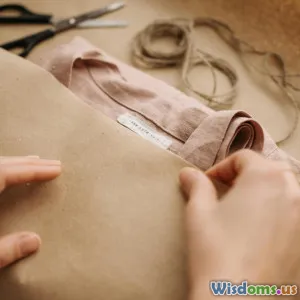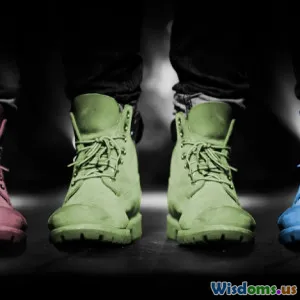
Streetwear Evolution How Sneakers Became Statement Pieces
12 min read Explore the transformation of sneakers from sports gear to streetwear icons and fashion statement pieces in modern culture. (0 Reviews)
Streetwear Evolution: How Sneakers Became Statement Pieces
Few cultural shifts have gripped the fashion world as tightly as the rise of sneakers from functional sports gear to coveted statement pieces. Once relegated to dusty gym bags, sneakers now dominate the runways, command staggering resale prices, and fuel international collaborations between sportswear giants and couture houses. This metamorphosis is not just about shoes—it’s a seismic evolution in how we express identity, culture, and status.
The Rise of Streetwear Culture

Streetwear’s journey from humble beginnings to global phenomenon started in the skate and hip-hop circuits of 1980s New York and Los Angeles. As young people fused music, DIY fashion, and sports, brands like Stüssy, Supreme, and Nike started to build not just labels, but lifestyles. Sneakers emerged as a pivotal aspect of this new aesthetic—a symbol of authenticity and attitude rather than mere athletic utility.
Hip-hop icons contributed massively to sneaker culture’s ascent. Run DMC’s 1986 track “My Adidas” and their subsequent endorsement deal marked a watershed moment. No longer were sneakers solely about performance; they were about presence, belonging, and even rebellion. Throughout the 1990s, coveted models like the Air Jordan and Nike Air Max infiltrated streetwear closets, often in limited runs that made ownership a mark of insider savvy.
Sneaker Brands Setting The Pace
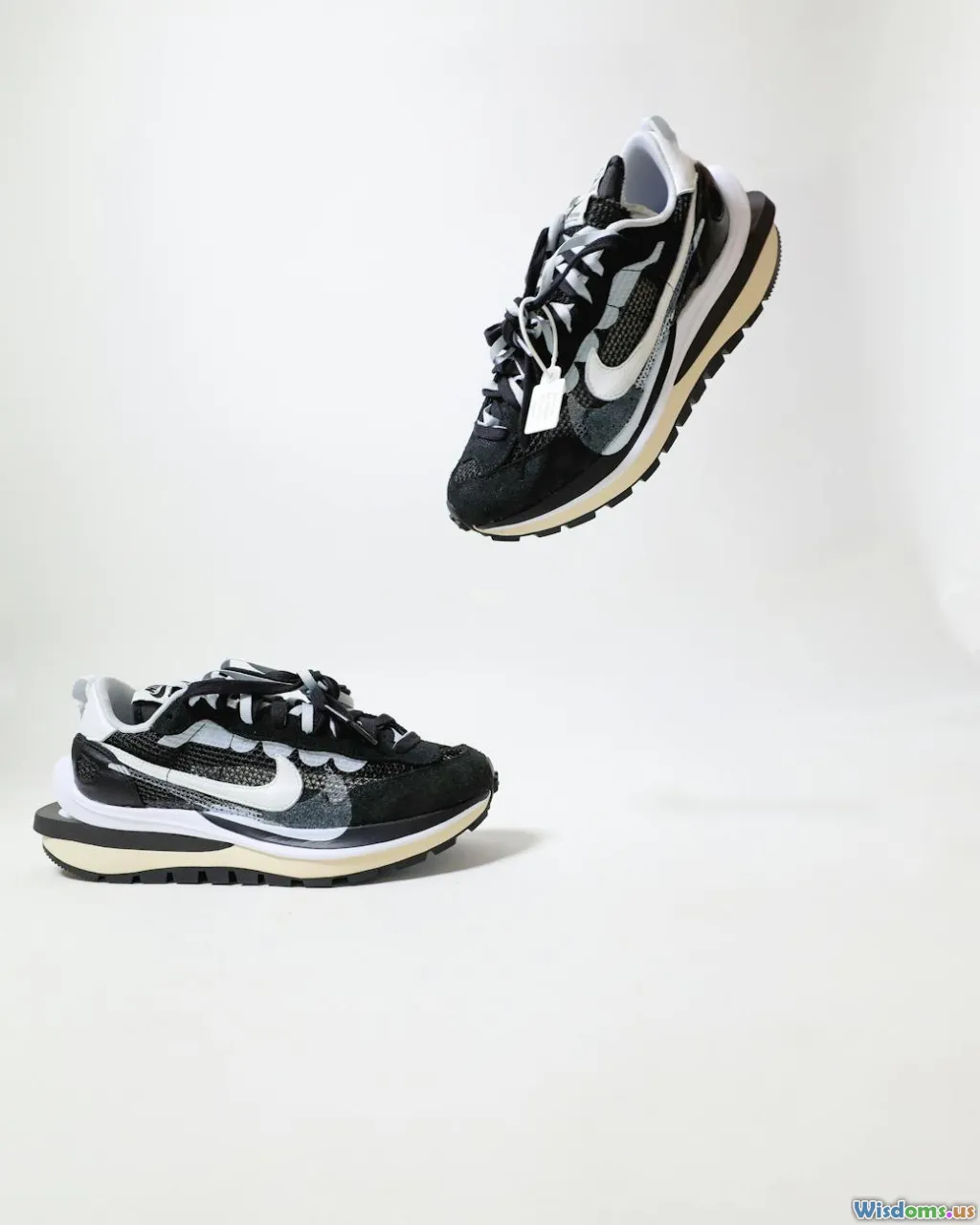
The sneaker’s transformation into a status symbol mirrors the strategies of sportswear heavyweights. Brands began dropping limited editions, leveraging scarcity to fuel mania. Nike’s 2005 release of the SB “Pigeon” Dunk caused chaos in the streets of New York, while Adidas’s long-running partnership with Kanye West on the Yeezy line has made each drop an event watched by millions worldwide.
Collaboration is now a byword for success—think of Nike working with Off-White’s Virgil Abloh to create deconstructed classics, or Adidas enlisting Japanese label BAPE for standout camo Superstars. Even luxury maisons like Louis Vuitton and Dior have entered the sneaker game, erasing old boundaries and elevating sneakers as collector’s items through partnerships and premium materials. In 2020, Dior’s Air Jordan 1 collaboration retailed at $2,200 and fetched tenfold on secondary markets.
Sneakers as Canvas: Innovation and Artistry
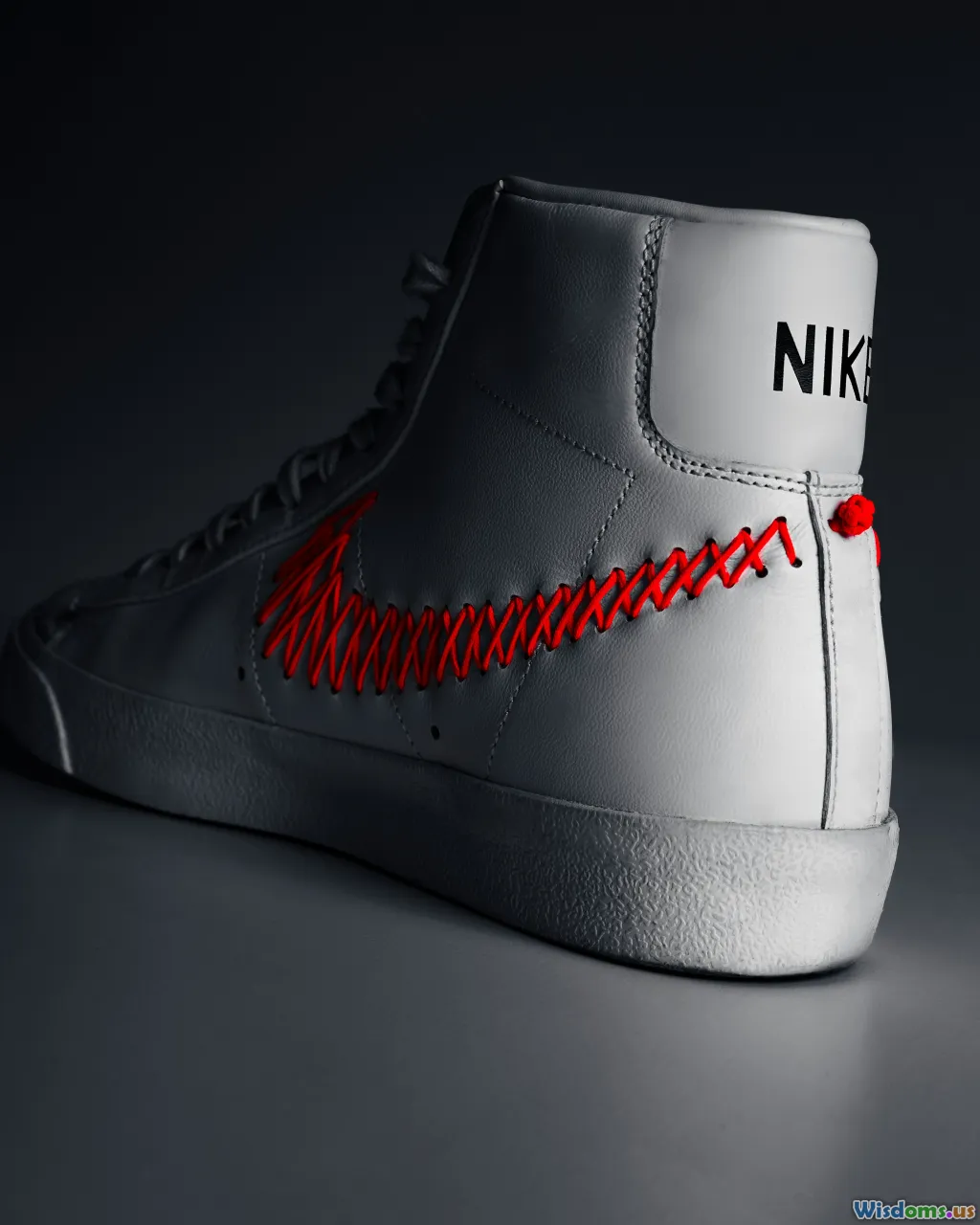
Today’s sneaker scene thrives on bold design and innovation. Far from simple leather runners, modern sneakers deploy advanced materials—Flyknit, Primeknit, and recycled plastics—while bold colorways, patterns, and graphics cater to individual expression. Sneaker art has become a vibrant subculture. High-profile customizers like The Shoe Surgeon and Mache collaborate with brands or celebrities to produce one-off pairs, many fetching thousands at auction.
Not only are these shoes wearable statements, but they are also narrative vehicles. Nike’s “What the Dunk” mashed up elements from previous hits, while New Balance’s collaborations with Aimé Leon Dore use subtle textural nuance to invoke nostalgia. Artistic innovations ensure each pair can be a conversation starter, badge of fandom, or signal of subcultural allegiance.
The Economic Impact: Sneakers in the Marketplace
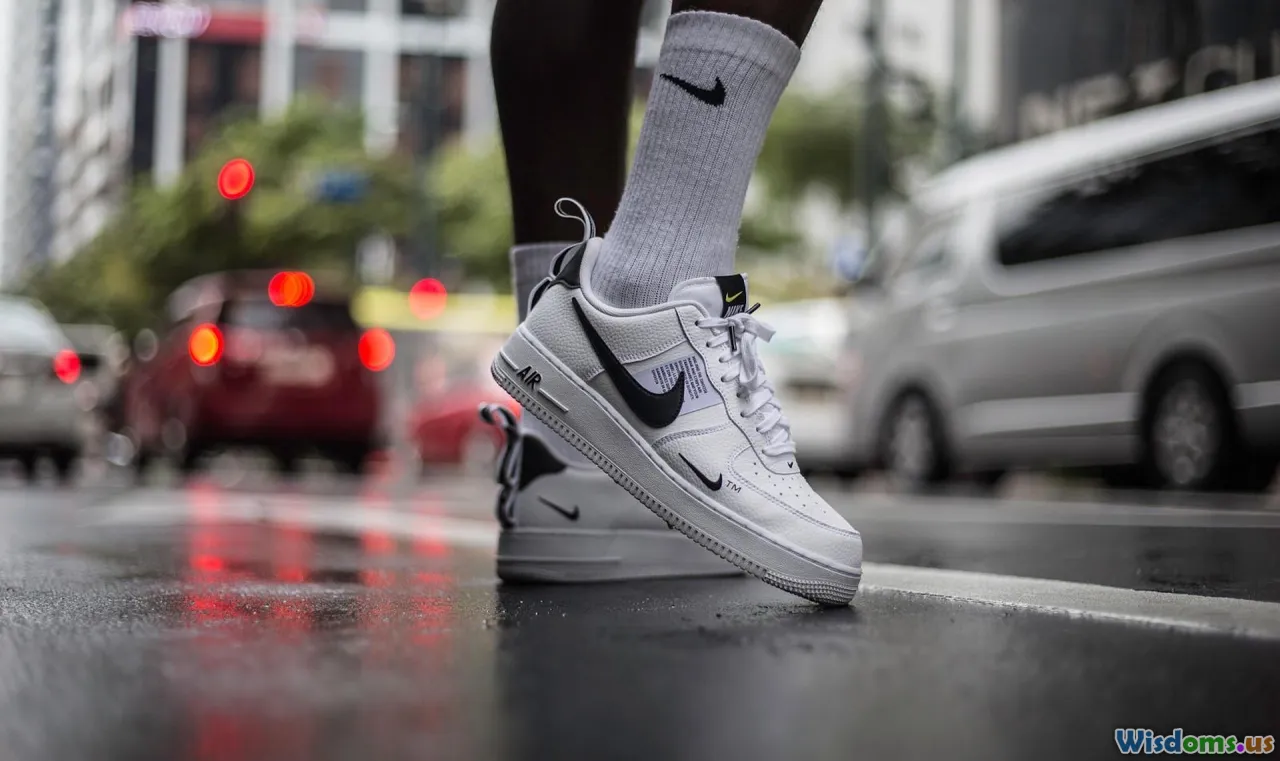
Resale economics have become an astonishing part of sneaker culture. With platforms like StockX, GOAT, and Flight Club, sneakers now trade like commodities. According to Cowen Equity Research, the sneaker resale market exceeded $6 billion globally in 2023 and is expected to hit $30 billion by 2030.
Rare collaborations or limited-edition sneakers regularly return multiples of their retail prices. The 2016 Nike MAG (limited Back to the Future model) auctioned for over $200,000. While this speculative culture breeds controversy—sometimes criticized for pricing out true enthusiasts—it also underscores the sneaker’s ascent as a modern status asset on par with watches or designer bags.
Identity, Community, and Storytelling

Behind every great sneaker is a deeper story—about heritage, craft, or even activism. The sneaker community is fiercely passionate, organizing conventions (like Sneaker Con) and online groups to discuss, trade, and celebrate these iconic objects. Instagram accounts like @nicekicks and @complexsneakers chronicle sneaker culture’s shifting shapes in real time.
Sneakers carry personal significance. From childhood Christmas gifts to tokens of accomplishment or entry passes into subcultures, owning the right pair can signal membership. That bond is cultivated further by brands who nurture communities—be it Nike’s SNKRS app exclusive drops or Adidas’s global Creator Clubs.
How to Curate Your Own Statement Sneaker Collection
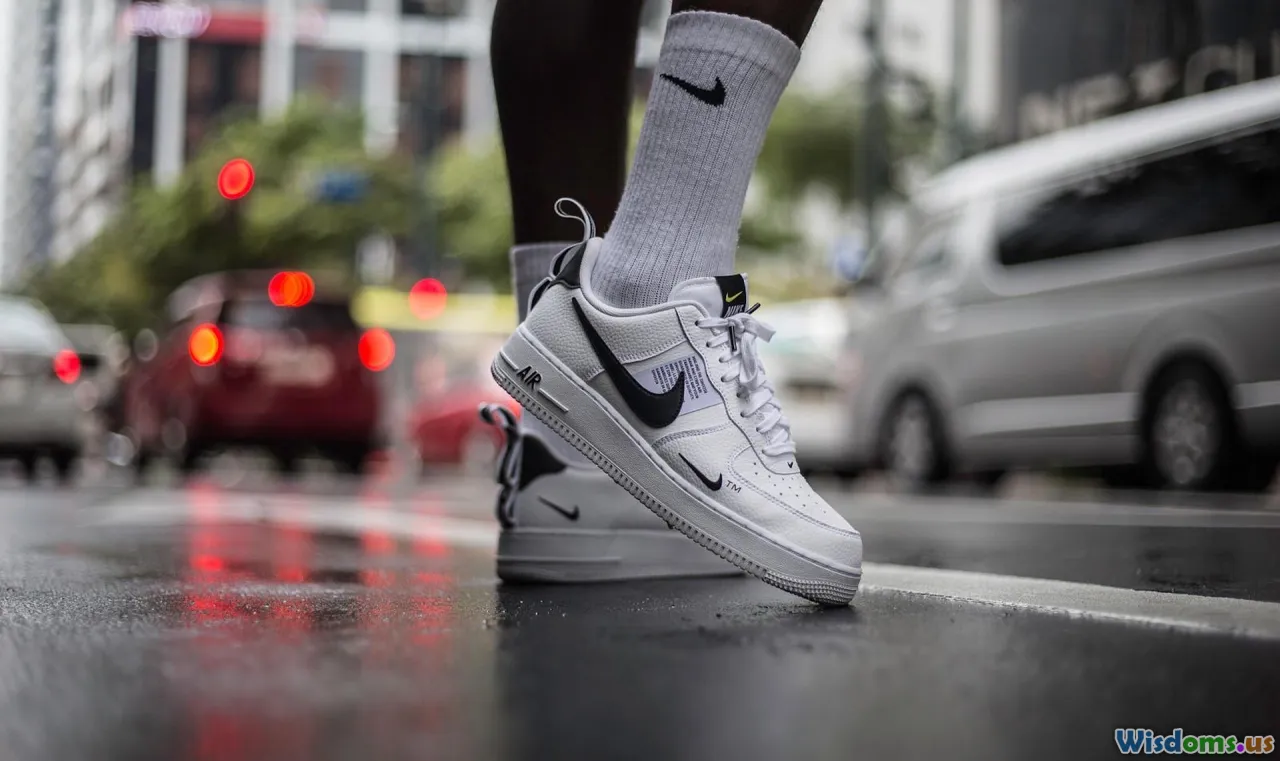
For aspiring collectors or those eager to express themselves through sneakers, curation is an art as much as shopping. Here’s how you can make your sneakers truly stand out:
1. Find a Theme or Focus: Select a focus, whether it’s a beloved brand, athlete, designer, or a particular technology (like Air Max bubbles or Boost soles). Themes help unify disparate shoes and offer a story for your collection.
2. Embrace Limited Editions (But With Intention): Hype releases are tempting, but not every drop will become a classic. Research sneaker histories, designer backgrounds, and collaboration backstories before investing.
3. Mix Old and New: Blend latest releases with vintage finds to connect sneaker heritage with fresh aesthetics. Older models—such as 1985 Jordan 1s—often gain legendary status (and massive value).
4. Consider Display and Care: A statement sneaker deserves thoughtful storage or display. Transparent cases, floating shelves, or even original boxes can protect and showcase prized pieces, keeping them in excellent condition and preserving long-term value.
5. Wear Your Pairs: Ultimately, statement sneakers are meant to be worn. Rotate your selection, matching pairs to outfits, seasons, or events. Style is at its sharpest when it reflects your authenticity, not just what’s trending.
Sustainability in Streetwear: A New Statement

As sneaker culture matures, ecological consciousness is taking center stage. Major brands are rolling out initiatives to curb overproduction and embrace sustainable materials. Adidas’s partnership with Parley for the Oceans, turning ocean plastics into Primeknit uppers, has created millions of pairs while raising environmental awareness. Nike’s "Move to Zero" campaign pushes recycled content, as seen in their Space Hippie line.
Smaller labels, too, are innovating—Veja’s wild rubber soles and plant-based dyes, or Allbirds’s wool runners set benchmarks for transparency and responsible supply chains. Even the resale market, in its way, helps extend the life of products and reduce waste. Savvy sneakerheads now weigh ethical considerations alongside hype and aesthetics, making sustainability another axis of statement-making.
What’s Next: Technology and Wearable Innovation
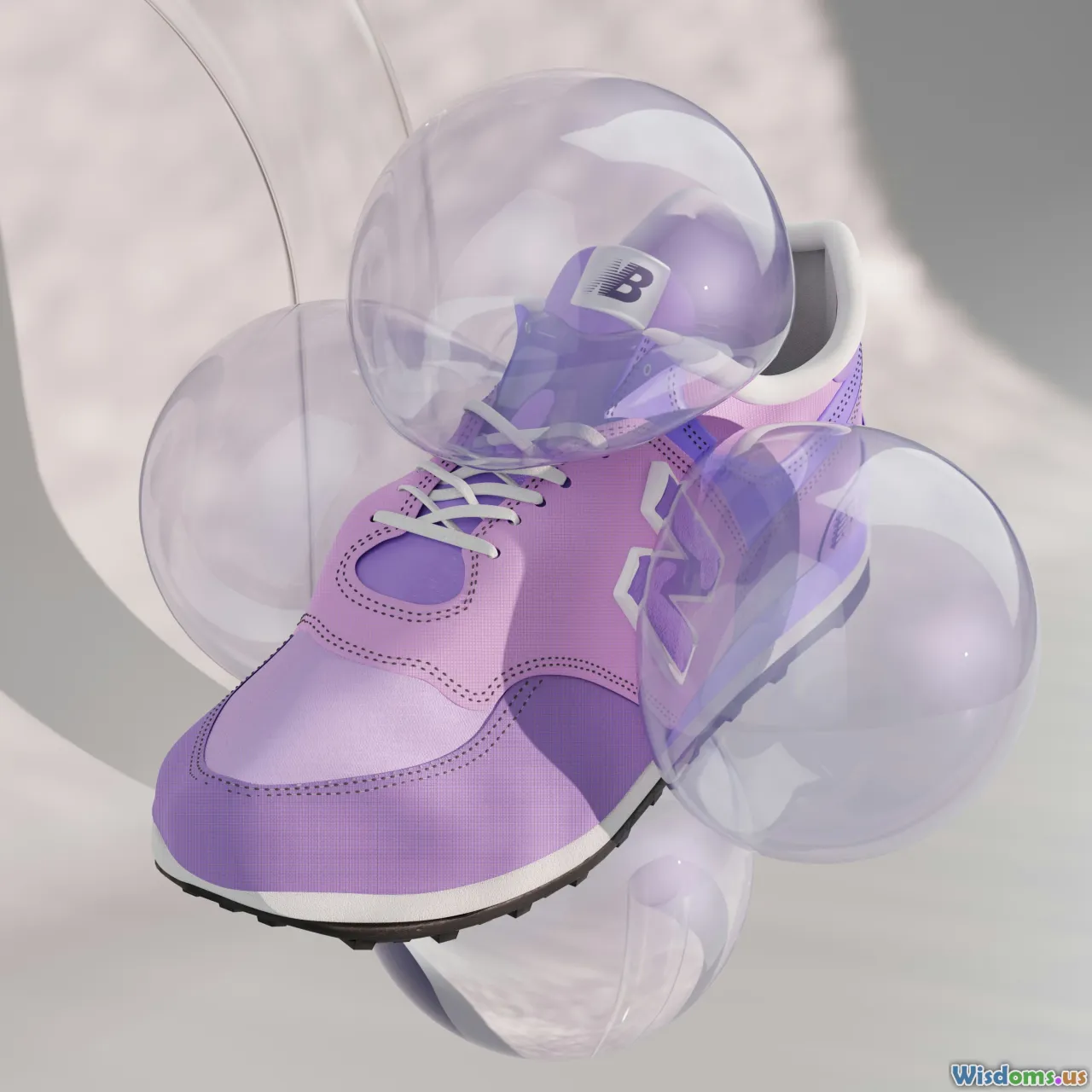
Tomorrow’s statement sneakers will combine artistry with technology as never before. Smart sneakers—like Nike Adapt BB with app-controlled self-lacing—and advanced materials, such as graphene-infused soles, point to a future where innovation supports both style and performance. Brands are experimenting with 3D printing for personalization (Adidas Futurecraft 4D) and NFTs to authenticate limited runs, blending physical and digital ownership.
As the boundaries between streetwear, sportswear, and tech fade, expect sneakers to remain at the forefront of sartorial experimentation. For both designers and wearers, sneakers will continue to provide a platform—literally—for statement, storytelling, and innovation.
Sneakers have travelled far from school gyms and playground pickup games to center stage in a $100 billion-dollar global streetwear industry. They chronicle the merge of subcultural defiance and mainstream luxury, personal histories and block-level trends. Above all, sneakers are proof that what anchors us doesn’t just ground our outfits—it signals who we are, boldly, with every step.
Rate the Post
User Reviews
Other posts in Fashion Trends
Popular Posts














